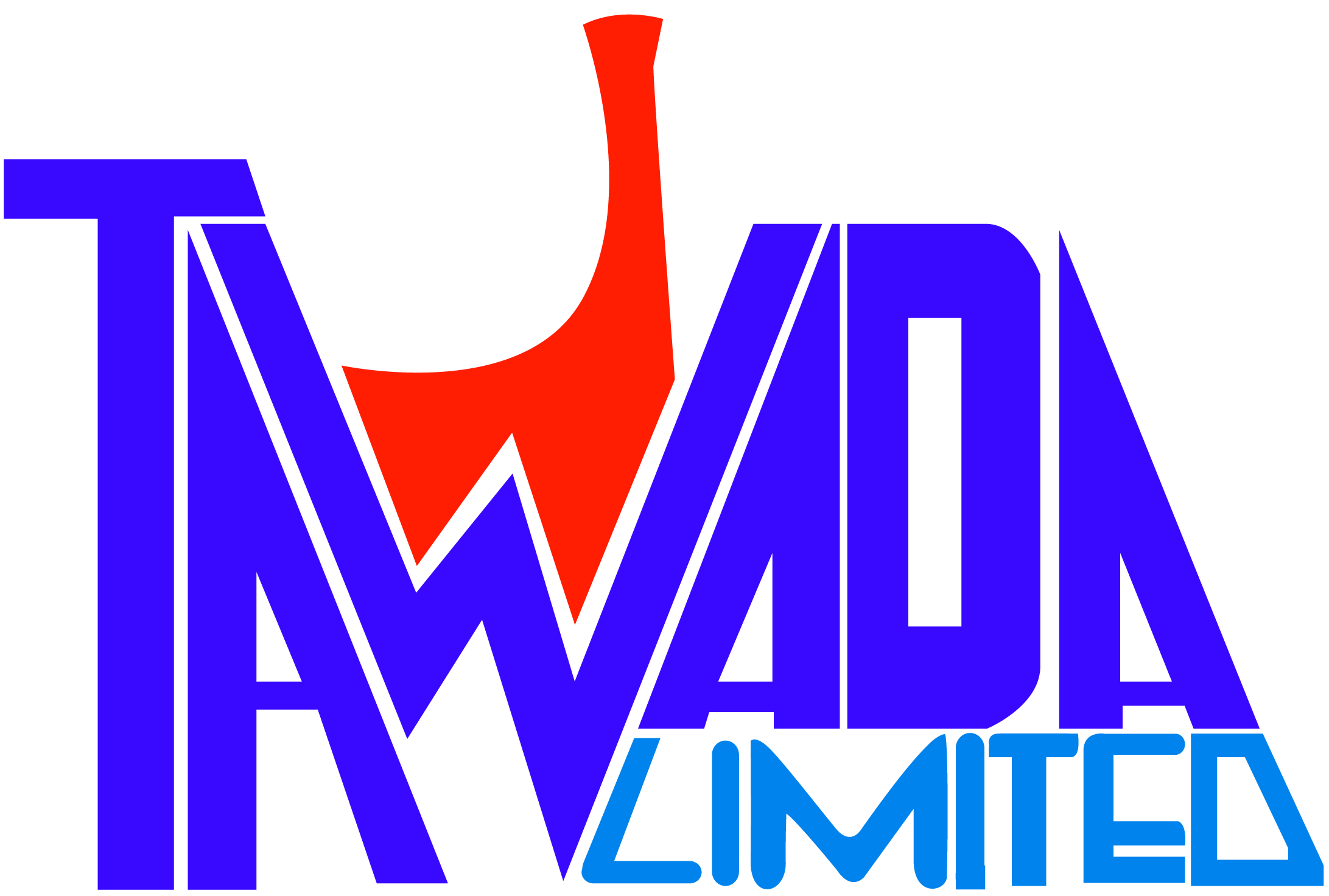Tawada Limited came into existence as a result of the backward integration policy of the Nigerian Security Printing and Minting Plc (NSPM Plc) and the willingness of SICPA S. A. of Switzerland to go into a joint venture arrangement for the manufacture of security and commercial printing inks in Nigeria.
In 1986, the Nigerian Security Printing and Minting Plc undertook a feasibility study on the viability of local manufacture of inks. This study justified the setting up of a mill both in terms of volume requirements and financial commitments. A Memorandum of Understanding was signed on the 19th of June, 1987, for the formation of a company under the business name of Tawada Limited. The shareholders in this company being NSPM Plc (60%) and SICPA S. A. of Switzerland (40%).
Construction work on the factory complex commenced in July 1993 and by November, 1996, civil work had been completed. Installations of production machinery and equipment started in February, 1997, while the first trial run was undertaken in August, 1997. The installed capacity of the first phase commissioned is 700 tonnes of security ink per annum, enough to satisfy the current annual average ink requirements of the NSPM Plc. The second phase of the factory will produce quality commercial printing inks and when this takes off, it will go a long way in satisfying the commercial printing ink requirements of the country as well as other African markets.
A five-man Board of Directors is responsible for formulating and charting the overall corporate strategy and policy decisions of the company. The Board’s composition reflects the proportion of the equity holding of the shareholders, i.e., NSPM Plc three (3) and SICPA S. A. two (2). The day-to-day affairs of the company are managed by the General Manager/Chief Executive Officer, a nominee of NSPM, assisted by the Deputy General Manager who is a representative of SICPA S.A.
The company is conscious of its location in the Federal Capital City, Abuja, and as such has made its operations environmentally friendly. In this regard, the cleaning liquid which is the only waste is recycled and the sludge is dried and disposed off through the urban waste disposal system in the interest of maintaining a good ecosystem.



